New words have travelled and found me, making their home in my minds nest. Popping out clearly at times and hiding at the very bottom of my nest unretractable and reluctant when I need them most. Words new, such as pileus, lamellae, stipe, mycelia and hyphae.
Over the past three years a new relationship with fungi has occurred thanks to the passion and enthusiasm of those around me who have been dating fungi for a long time. Rain too has become a significant new partner. Her arrival a monumental occasion as she waters my fledgling trees relieving me of the task, inviting hidden mycelia to make an appearance.
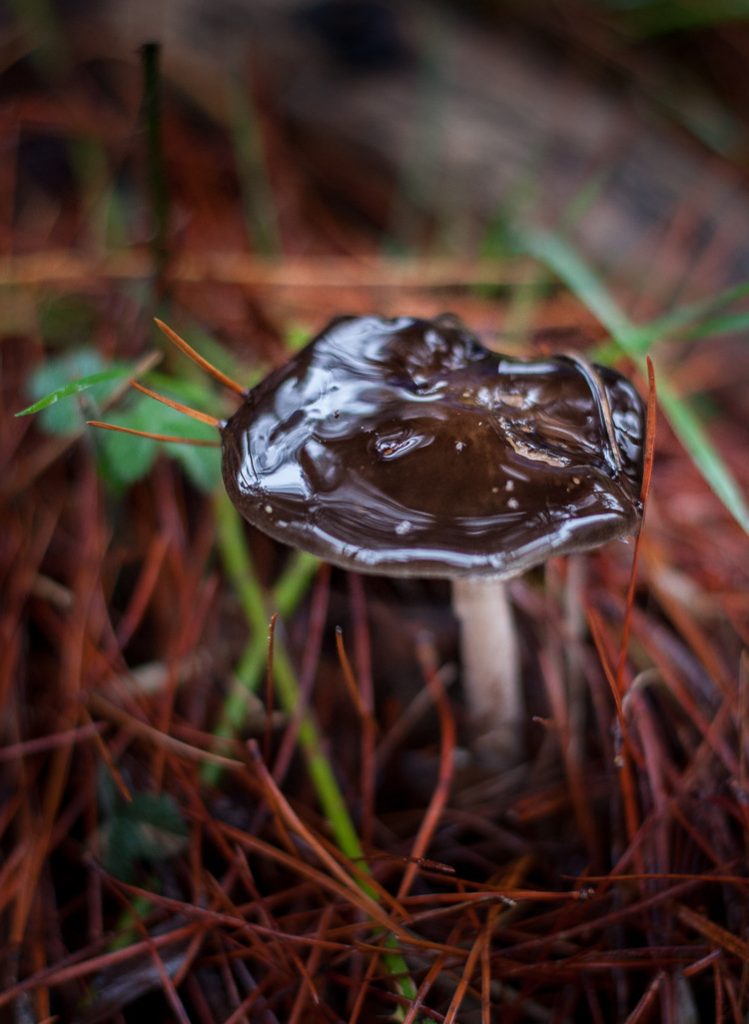
Fruiting bodies emerge and only regular visits to the forest or lush lawns of parks can produce a chance meeting.
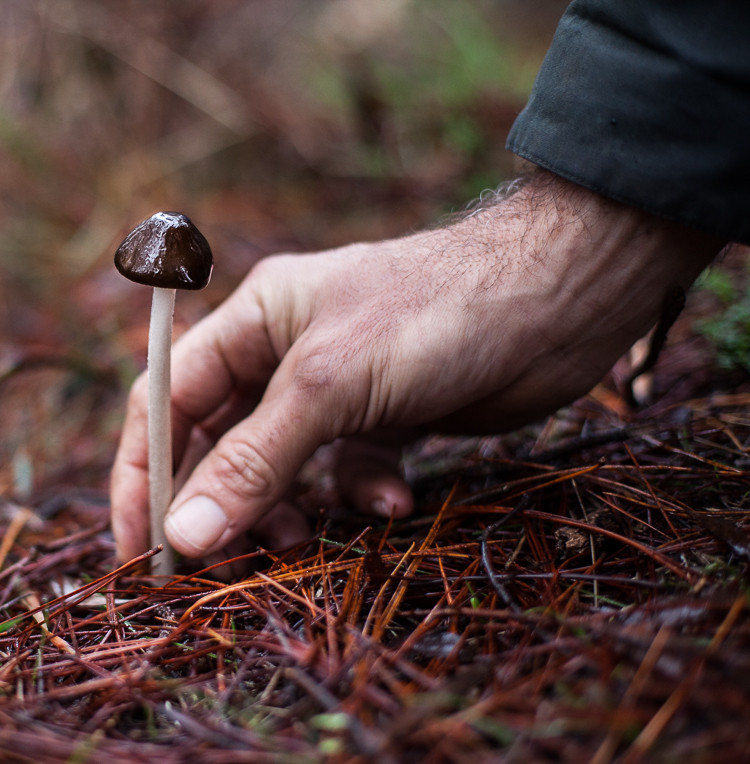
Once upon a time a mushroom was a singular entity with a distinctive and familiar shape recognised by all. But a mushroom is and always was a fungal fruiting body with countless expressions.
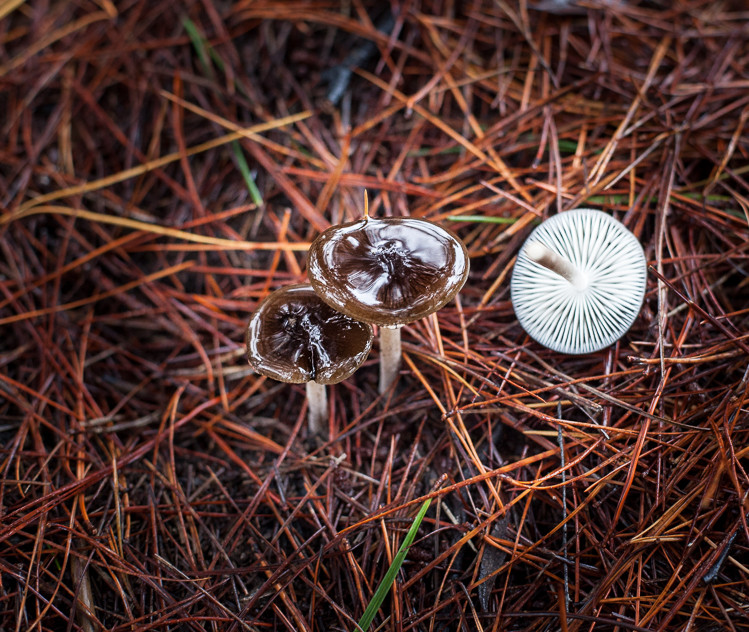
And like icebergs what appears above the soil hides beneath it a vast network of hyphae and weblike mycelia.
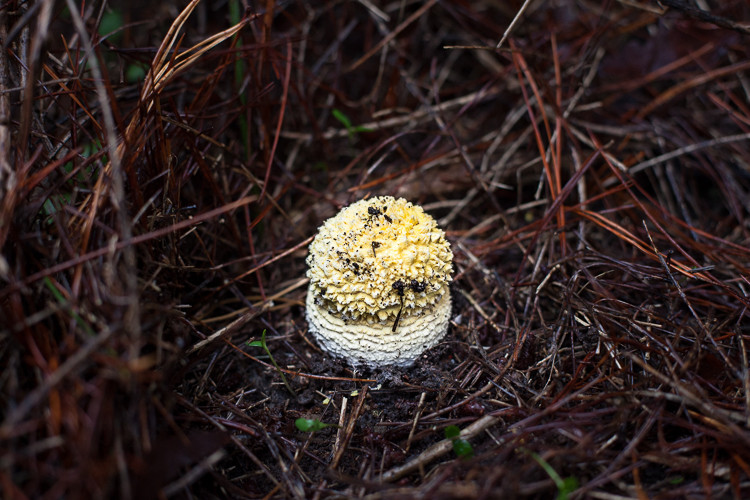
When we deplete soils of organic matter by using synthetic fertilisers, when we choose concrete for neatness instead of gardens, when we build houses extremely big so that there is little room for soil and plants and when we sweep up tree leaves as though they are garbage instead of food for soil, we commit ourselves to killing what lies beneath: fungi in all its beauty and diversity.
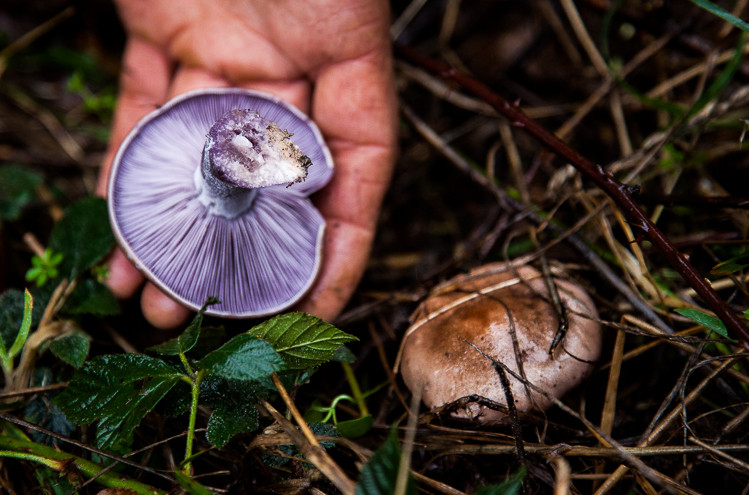
We have removed ourselves, disconnected ourselves so deeply from the ecology that supports us, that I think most of us don’t know that fungi are essential for life on earth, and our life on earth. Mycologists know, biologists too, but so many of us, too many of us have no idea that they are decomposers making nutrients readily available to all living plants. Without them bread will not rise, and wine, beer and cheese will not mature. And climate change. With climate instability we face uncertain rain fall and the drier the continent becomes the fewer fungi there will be. The consequences in such a scenario are nothing short of devastating.

Macrofungi are fungi that we can see, visible to the eye without the aid of a microscope. And macrofungi are classified into two major groups called basidiomycetes and ascomycetes. And writing about them helps me to learn, familiarises me with new language and gives me a chance to practice the sound of the words. I really love learning and only wish I could be granted a wish…a photographic memory.
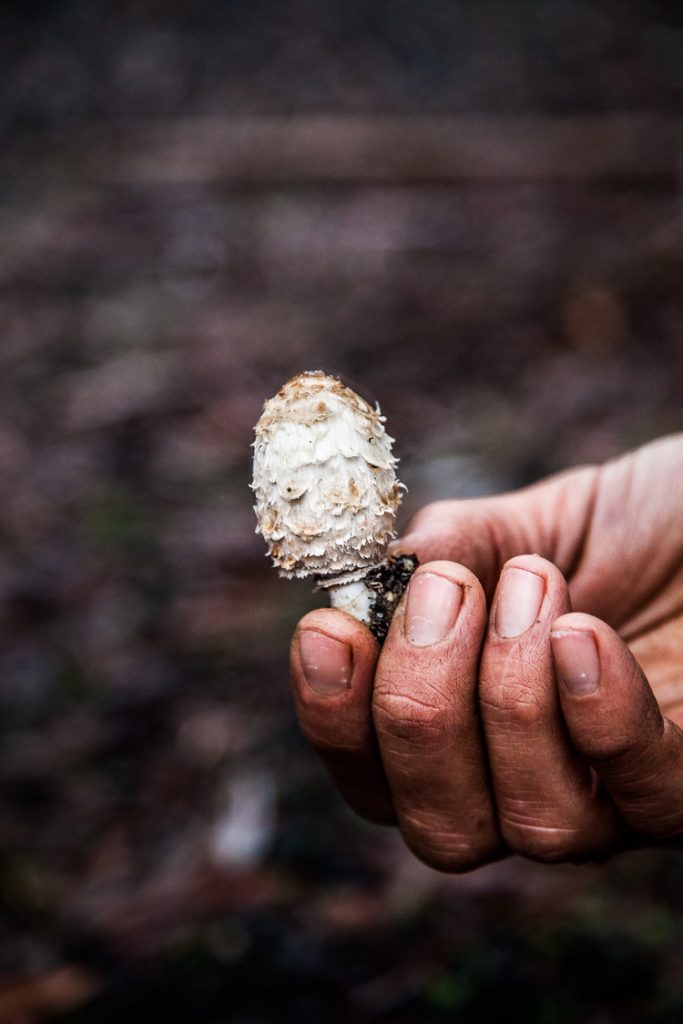
In the basidiomycetes group you can find the following fruiting bodies: agarics, chanterelles, boletes, polypores, tooth fungi, leathers, corals, jellies, rusts, earthstars, stalked puffballs, stinkhorns. In the ascomycetes group you will find: beech orange, clubs, cups, crusts, discs, morels, and pins.
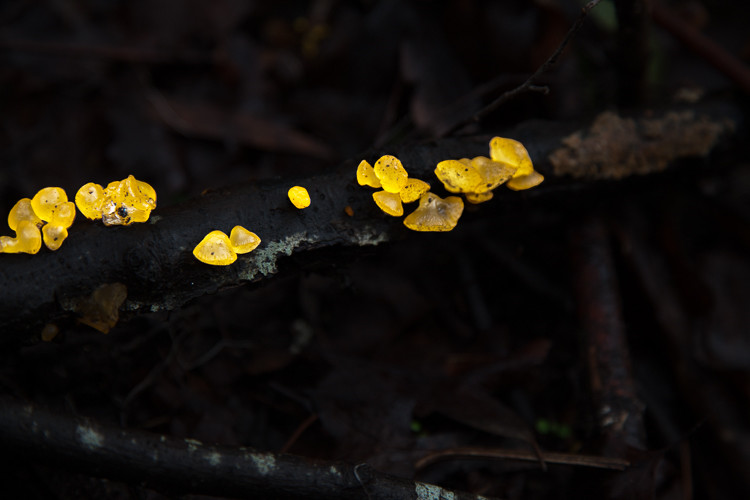
My initial relationship with fungi was heavily weighted upon my desire to eat them, but as we all know a long lasting relationship needs a little more depth and hence over time it has evolved into a desire to simply get to know them better with only the occasional lustful feast.
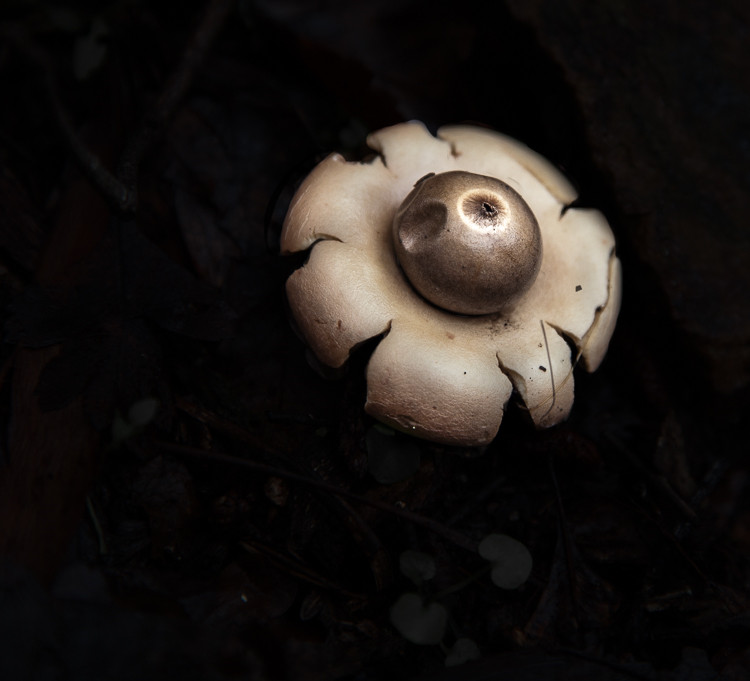
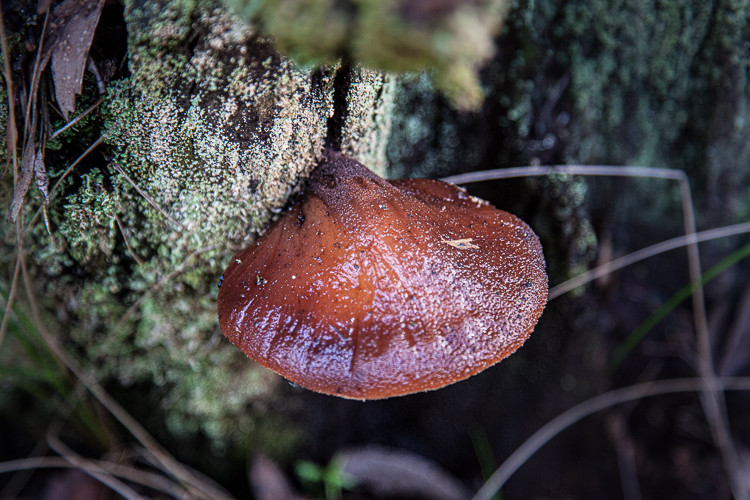
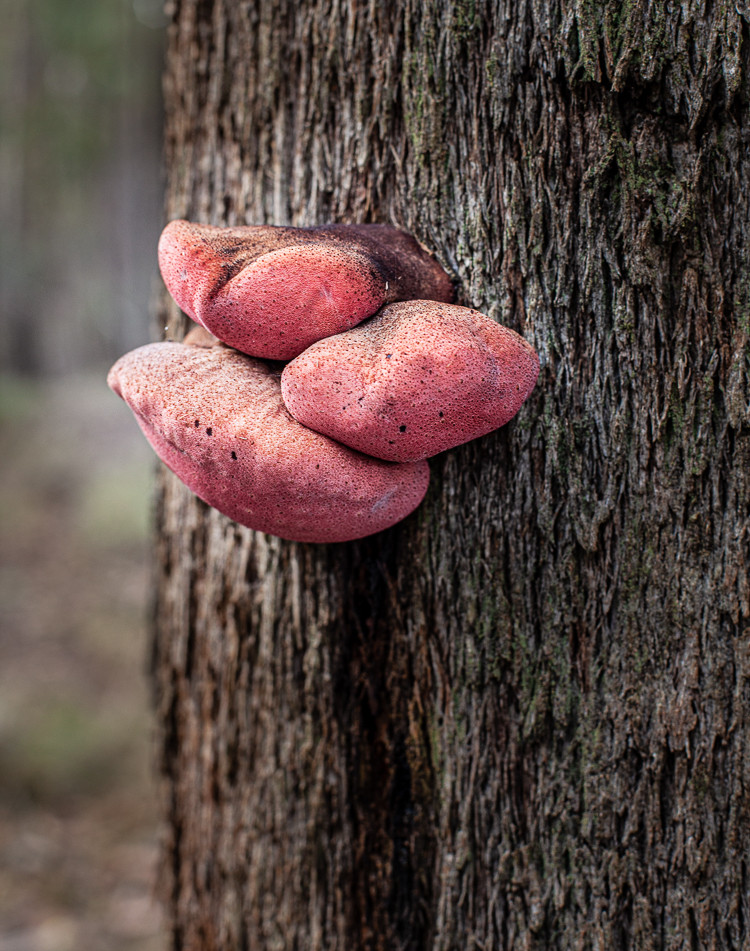
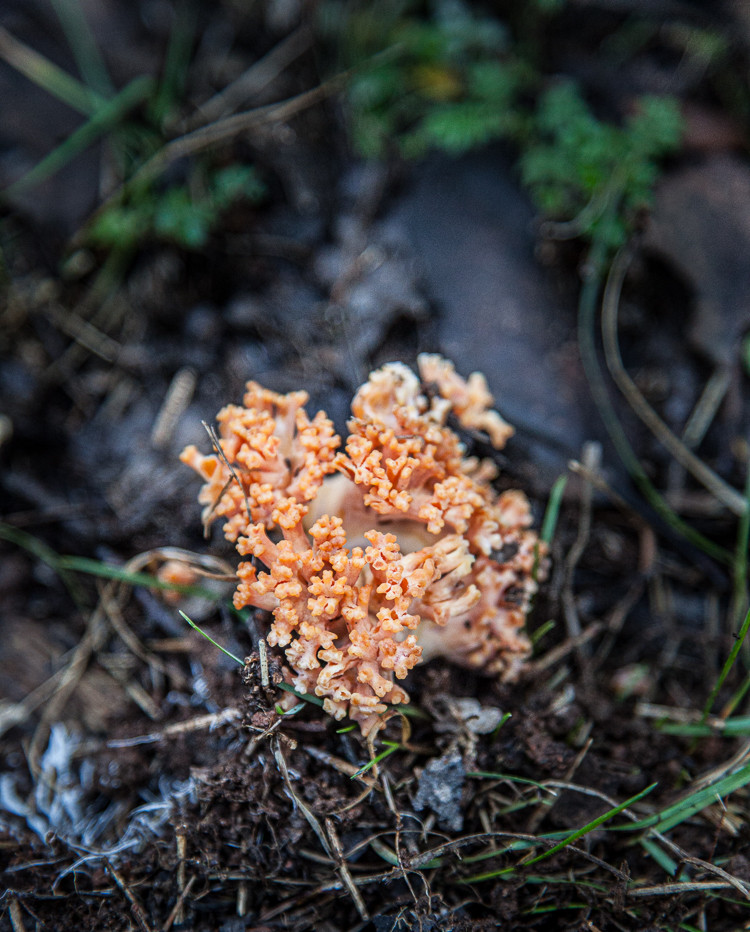
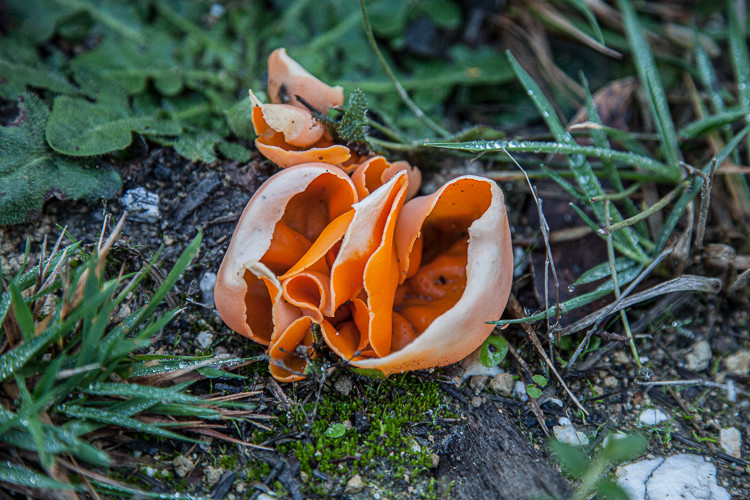
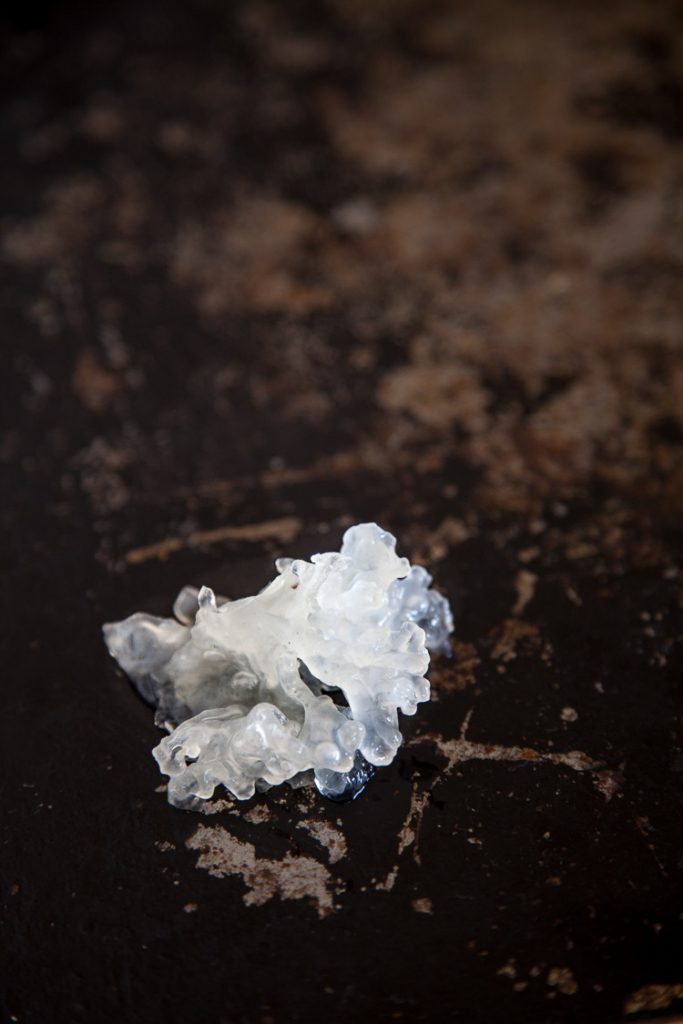
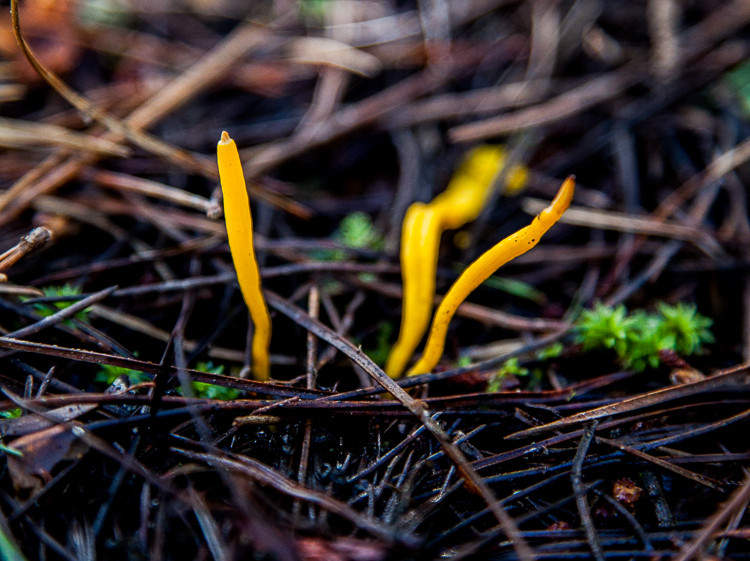
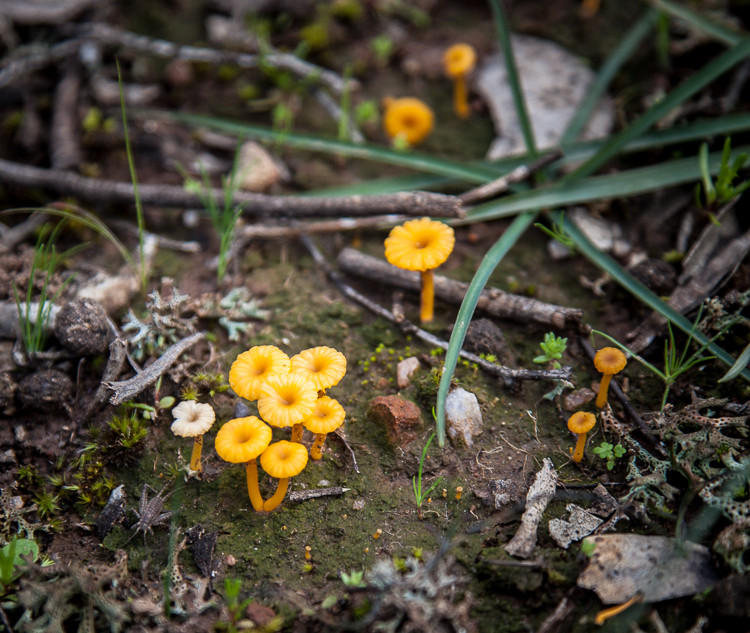
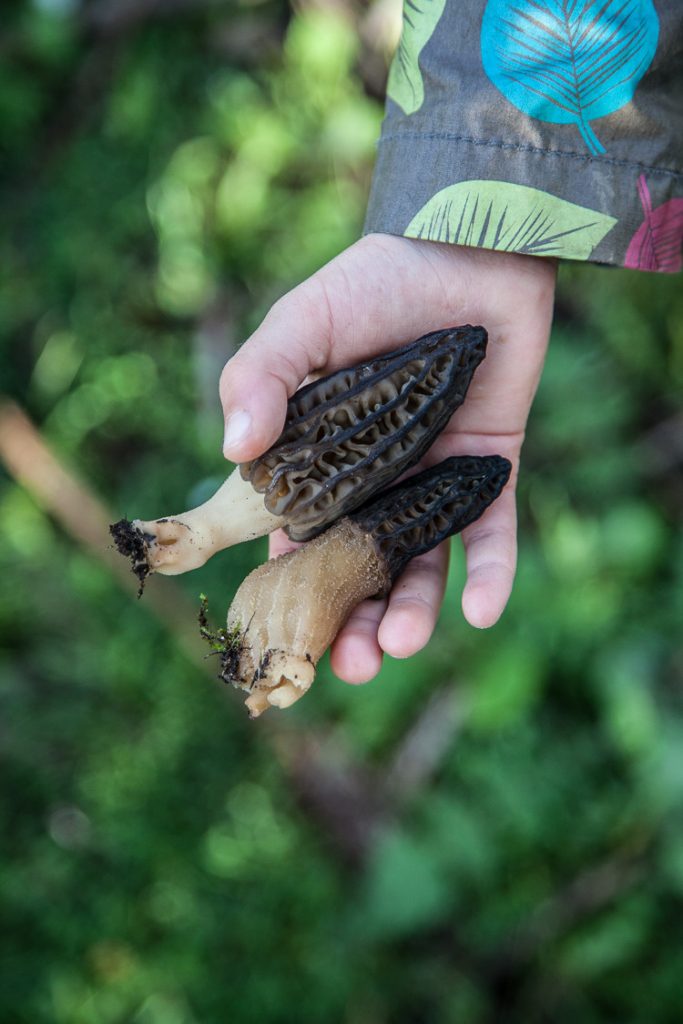
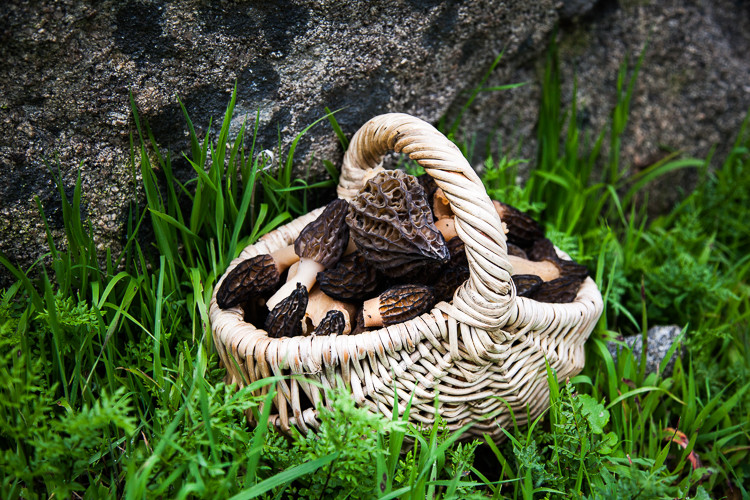

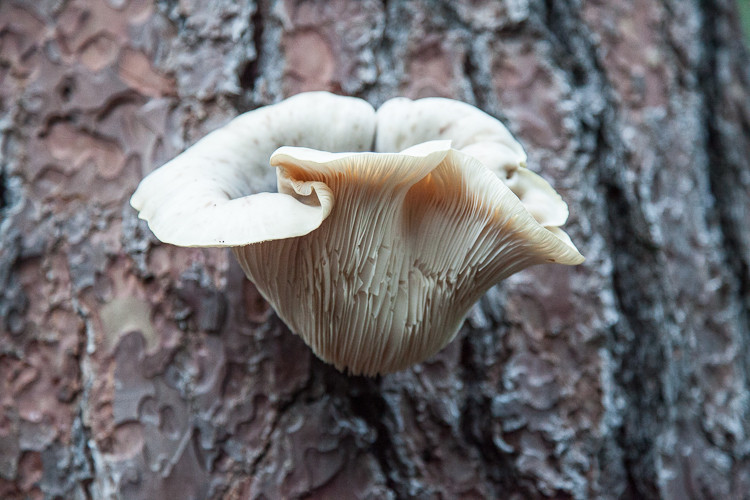
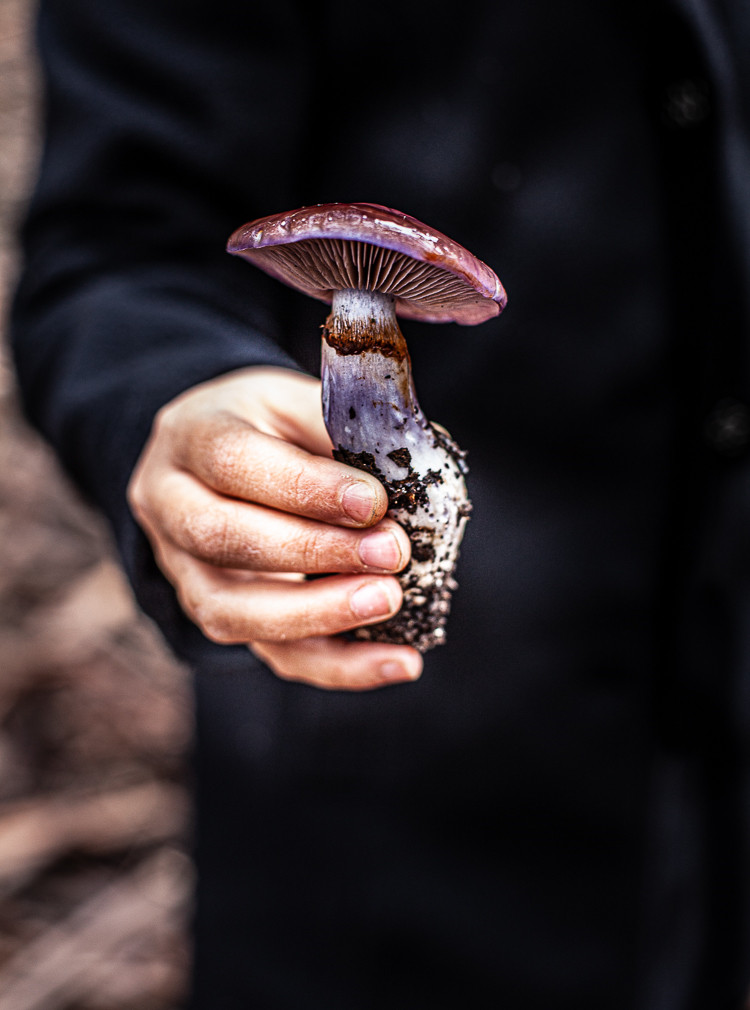

I would like to thank Paul Ward, Patrick Jones and Alison Pouliot for sharing their knowledge with me, I look forward to learning more. And should any of the above photos be incorrectly labelled dear reader, do not hesitate to contact me. Arrivederci, Mara.
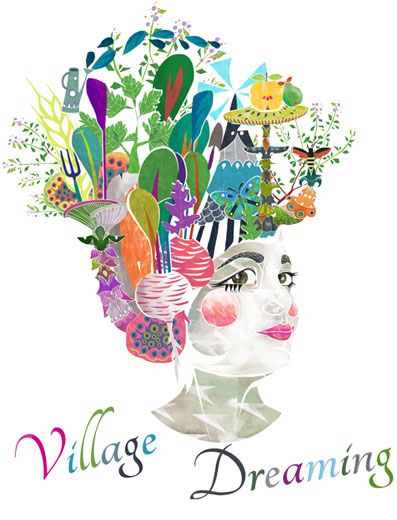
0 Comments